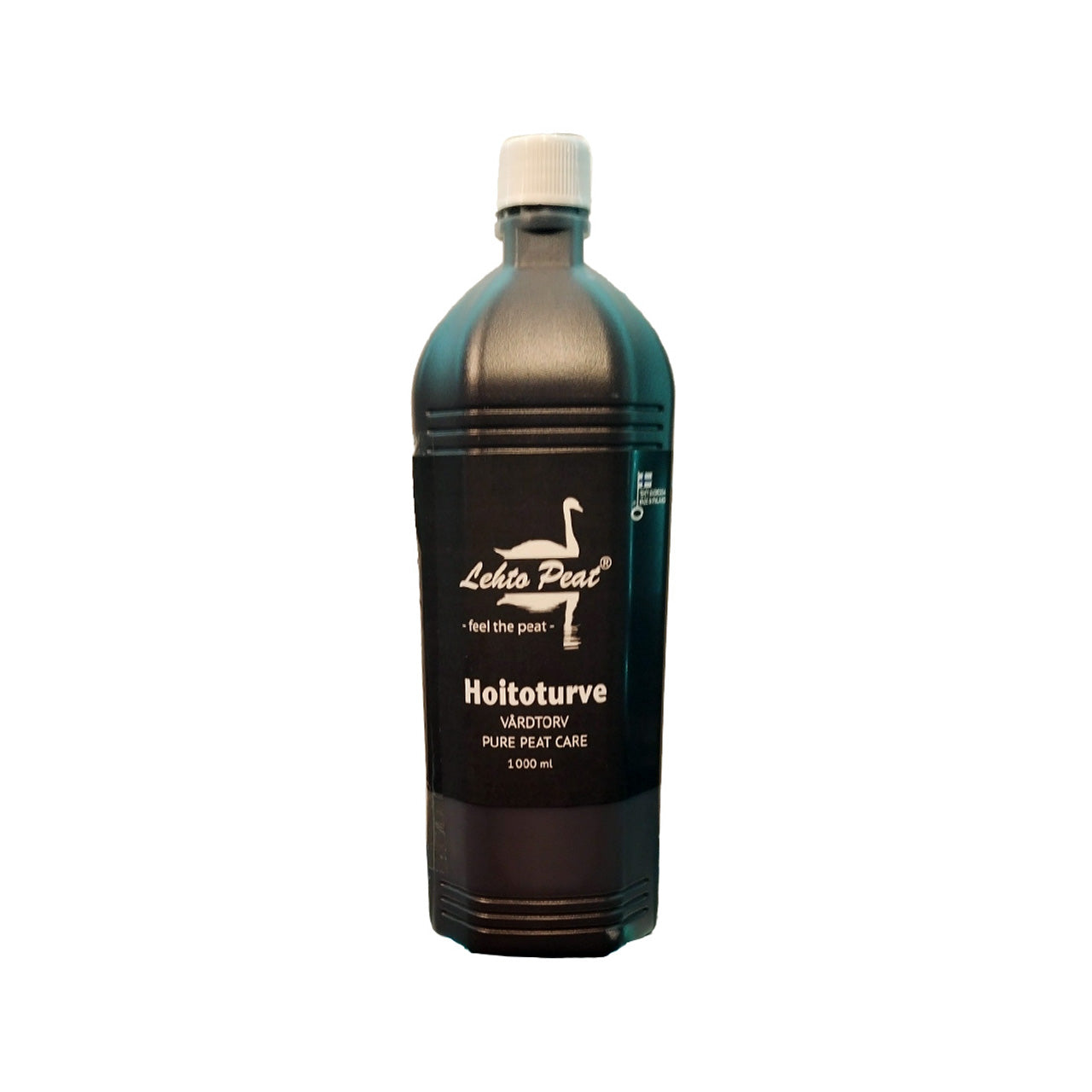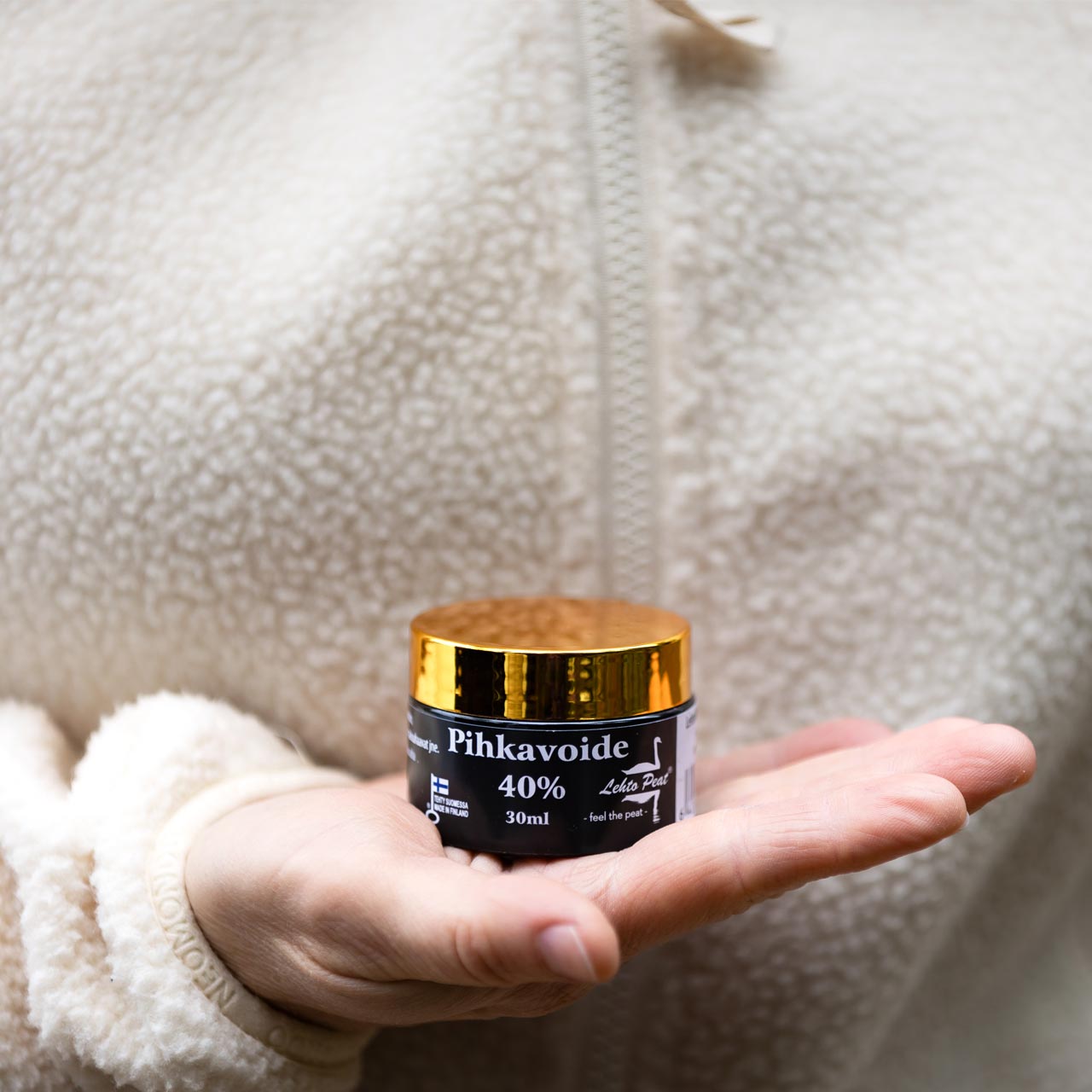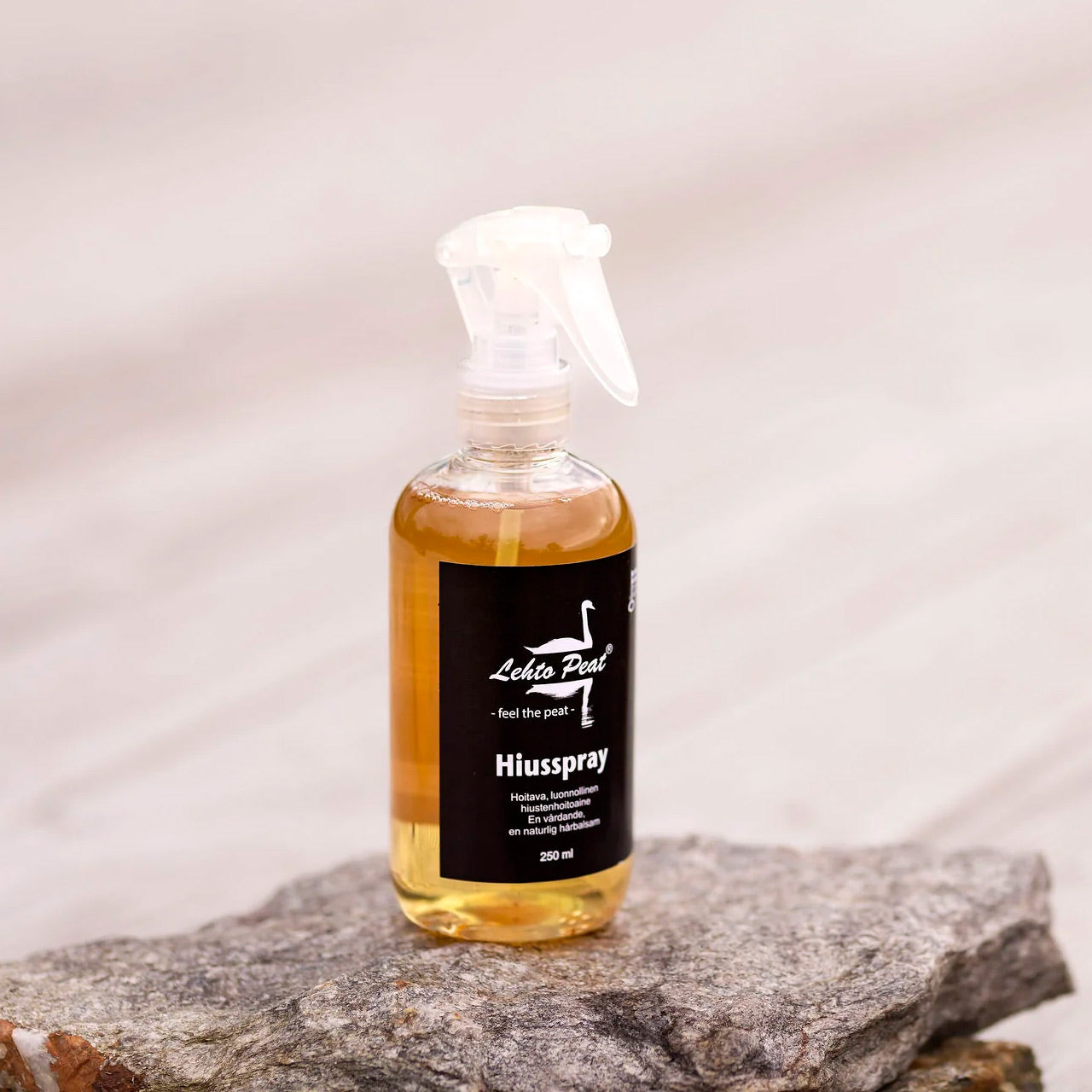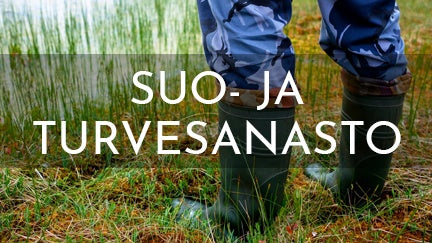Peat in English | Popular vocabulary
What is peat in English and other words describing peat
Turve is peat in English , which is also where our company name LehtoPeat and the name of our online store PeatCare come from - which could be translated as turvehoido or turvehoiva.
Did you know that peat is classified as a type of soil in which the proportion of organic matter is at least 75% of the dry mass? In other words, peat is mostly organic material.
SWAMP TYPES IN FINLAND | POPULAR GLOSSARY
Aapa wide, flat, wet and treeless open spaces. Aapas are most common in Northern Finland, Central Finland and North Karelia. The inner parts of aapasos are usually different types of nevus or braids, and the edge parts have ridges and sometimes also ravens.
An oasis with barren vegetation and marshes dependent on rainwater. The middle part of an oasis swamp typically rises higher than the edge parts, hence the previous name raised swamp. In the central parts of the oases, there are wet depressions, open water springs and elongated hollows where a few stunted pines can grow. Oases mainly occur from southern Finland to northern Karelia all the way to the northern parts of central Finland. However, there are still some oasis forests in Metsä-Lap and as far as Peräpohjola.
The six- headed raven and the most wooded swamp type of all. Deciduous trees can also grow in Korve, especially in the most lush areas.
A more nutrient-dense open bog than Lettoneva, which is characterized by brown mosses and grasses. Leto is the most diverse of Finnish marshes and they are found especially in limestone areas.
A flood-affected swamp located in the area of influence of the Luhta water body. There are most puffins on uplifted shores and in the floodplains of lakes, rivers and streams. Due to the humidity, the wood production capacity of luths is low, and luths are divided into open luths, thicket luths and wooded luths. The characteristic vegetation of the sea lions includes, among others, alders, birches, willows, marsh myrtle, osmankaami, lake reeds and reeds.
Springsmostly a small swamp formed by several different springs. Springs are typically found on the lower slopes of ridges and hazards.
Neva open swamp with curd moss (treeless) where mostly sedges and ivy-like plants grow. Some sparrow plants, such as cranberry and marsh flower, also thrive in the meadows. About a fifth of Finnish bogs are of different types.
Palsa palsas are found in Finland only in Tunturi-Lap, Utsjoki, Inari and Enonätääki. Palsasoos are closely related to aapasoos and their characteristic permafrost peatlands, i.e. palsas.
Räme About half of Finland's bogs are räme, so it is one of our most common bogs. Rämesoos are dominated by pines where large sparrows grow. Other common bog plants are tupaswilliam and ball sedge.
MORE PEAT-RELATED VOCABULARY
Organic
Oxygen free
Plant species
Growing peat
Cream
Moist
Hollow in bog
Soil type
Landing residue
Hummock
Drainage
Depression
Lime moss
Saraturve
Swamp plant
Peat land
Peat field
Peat production
Environmental peat






